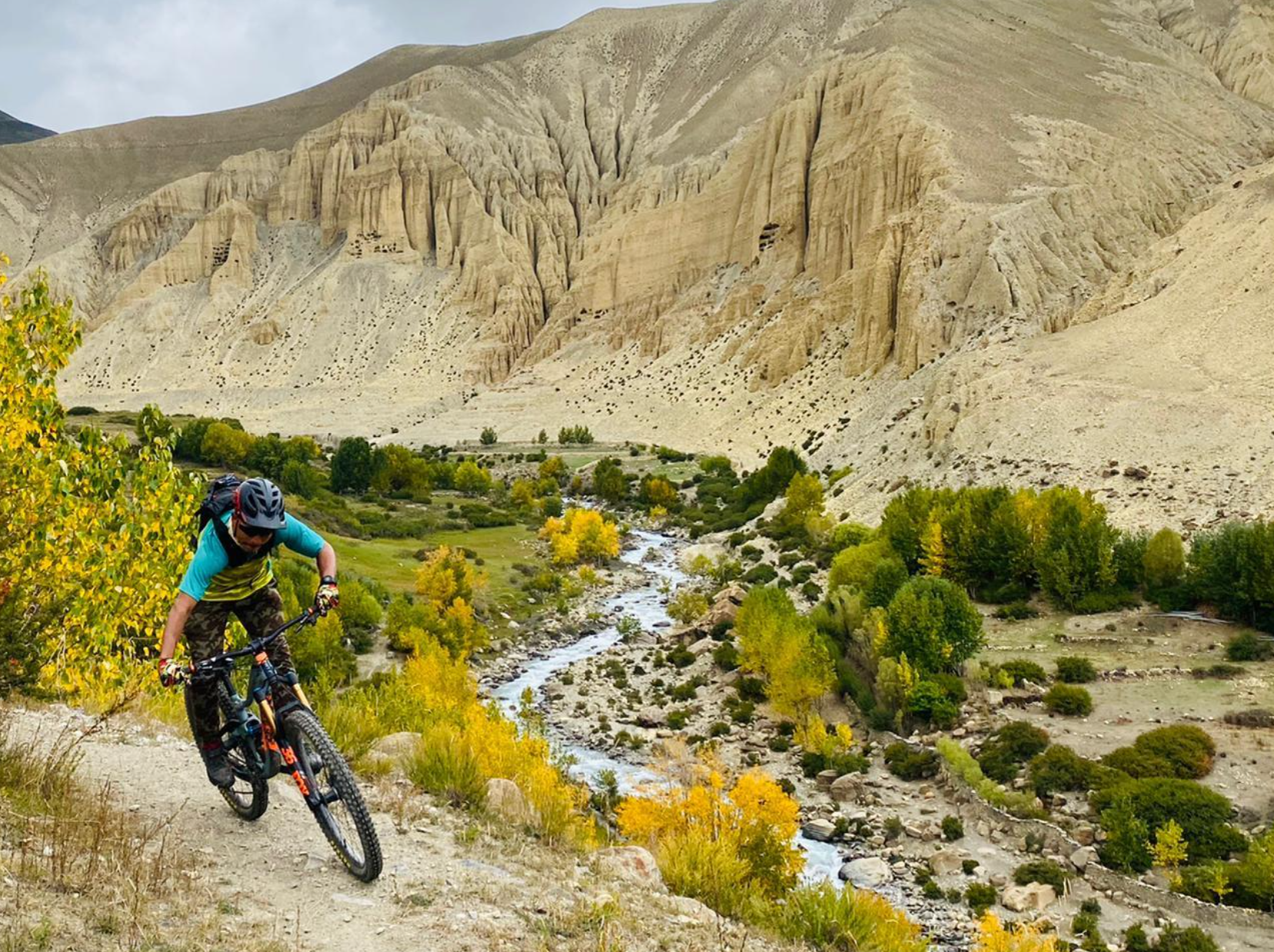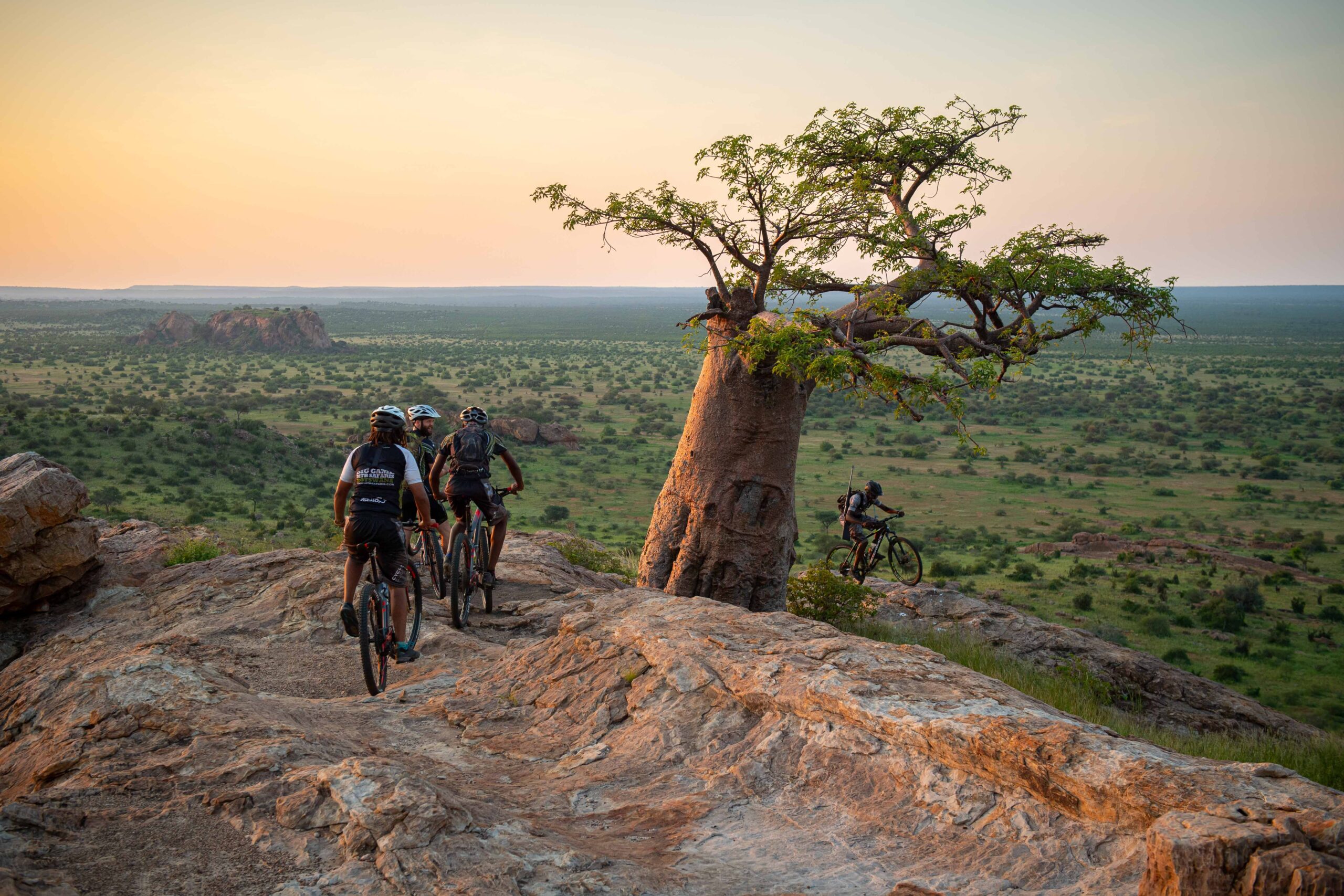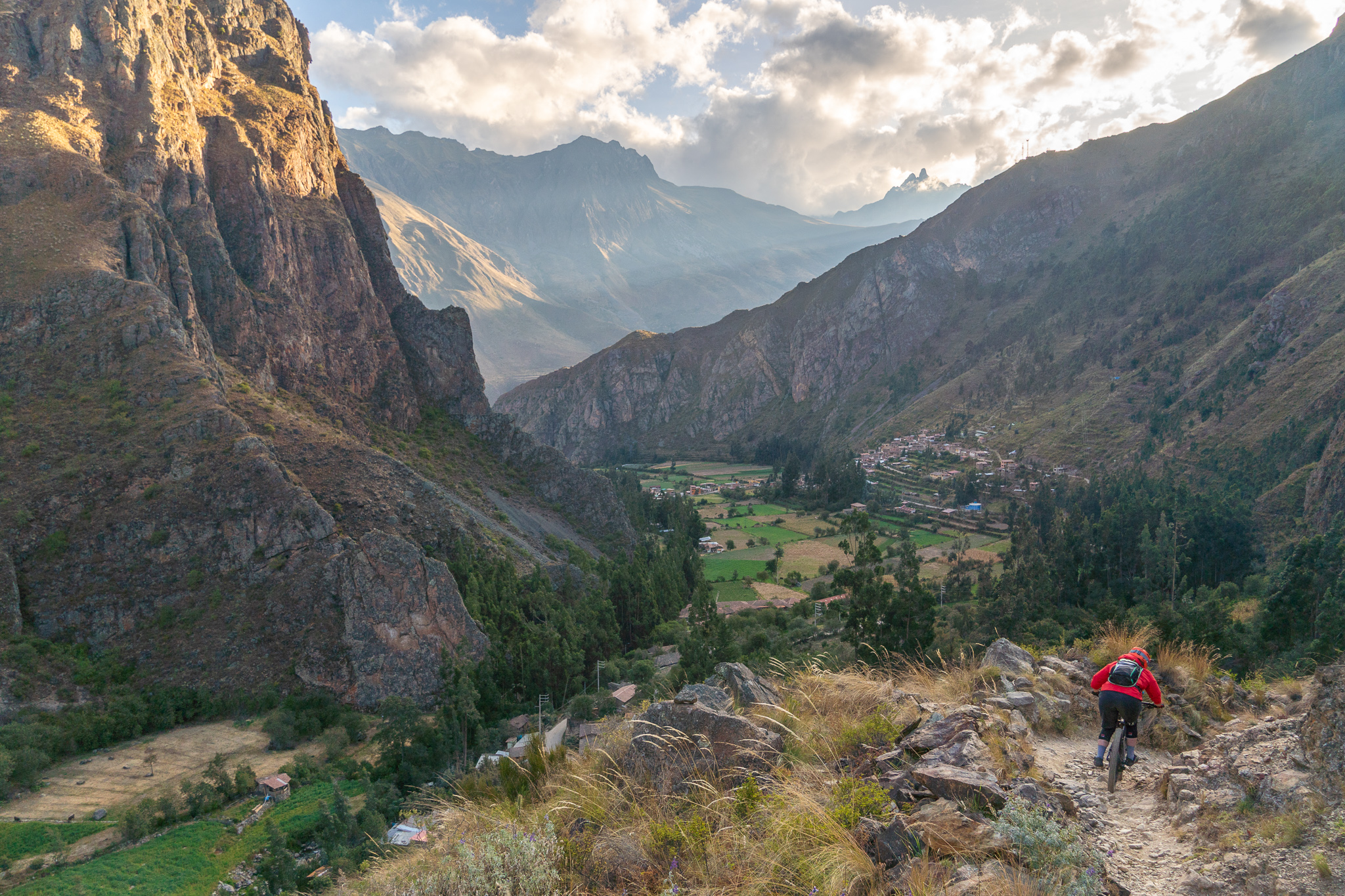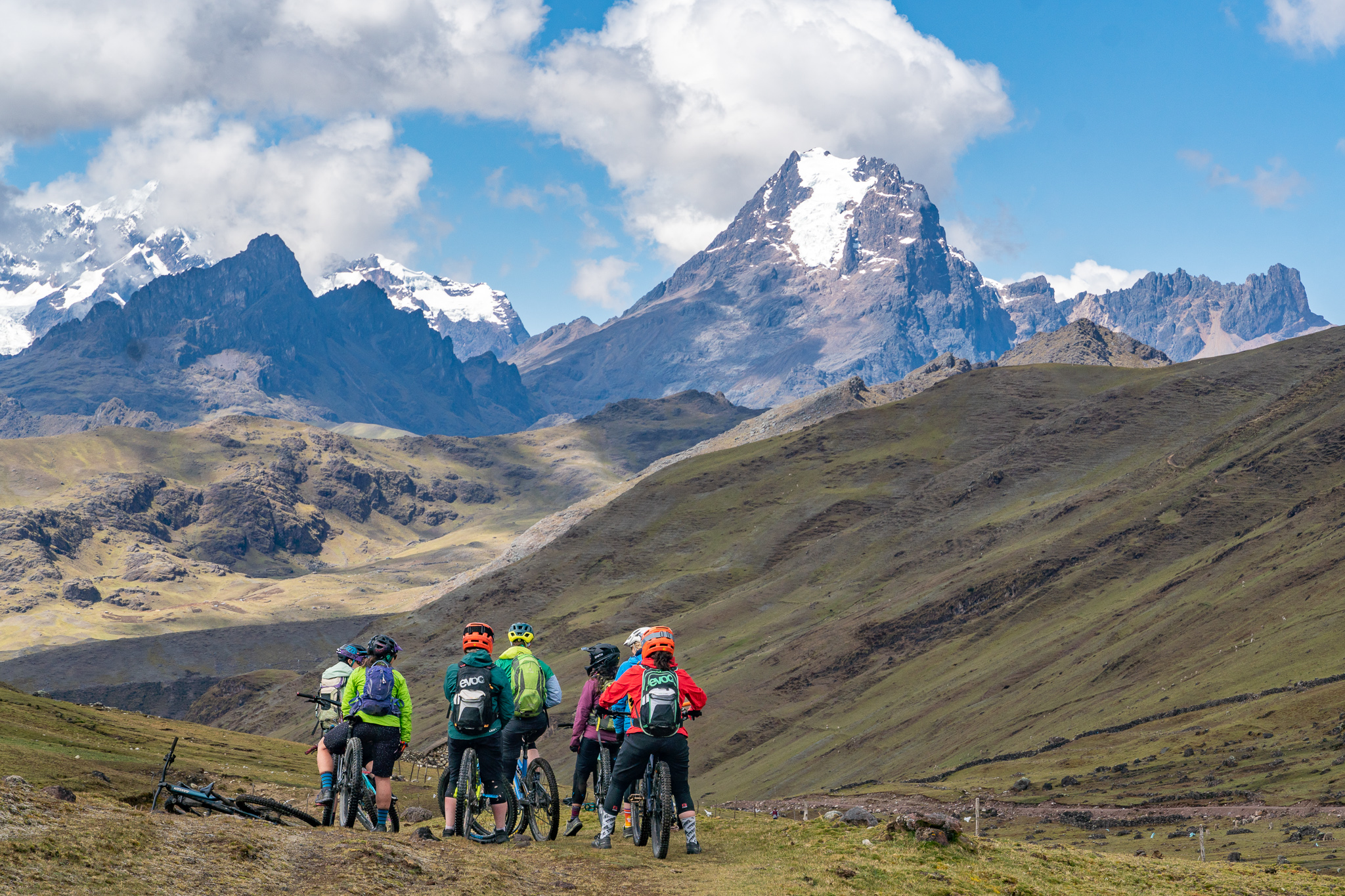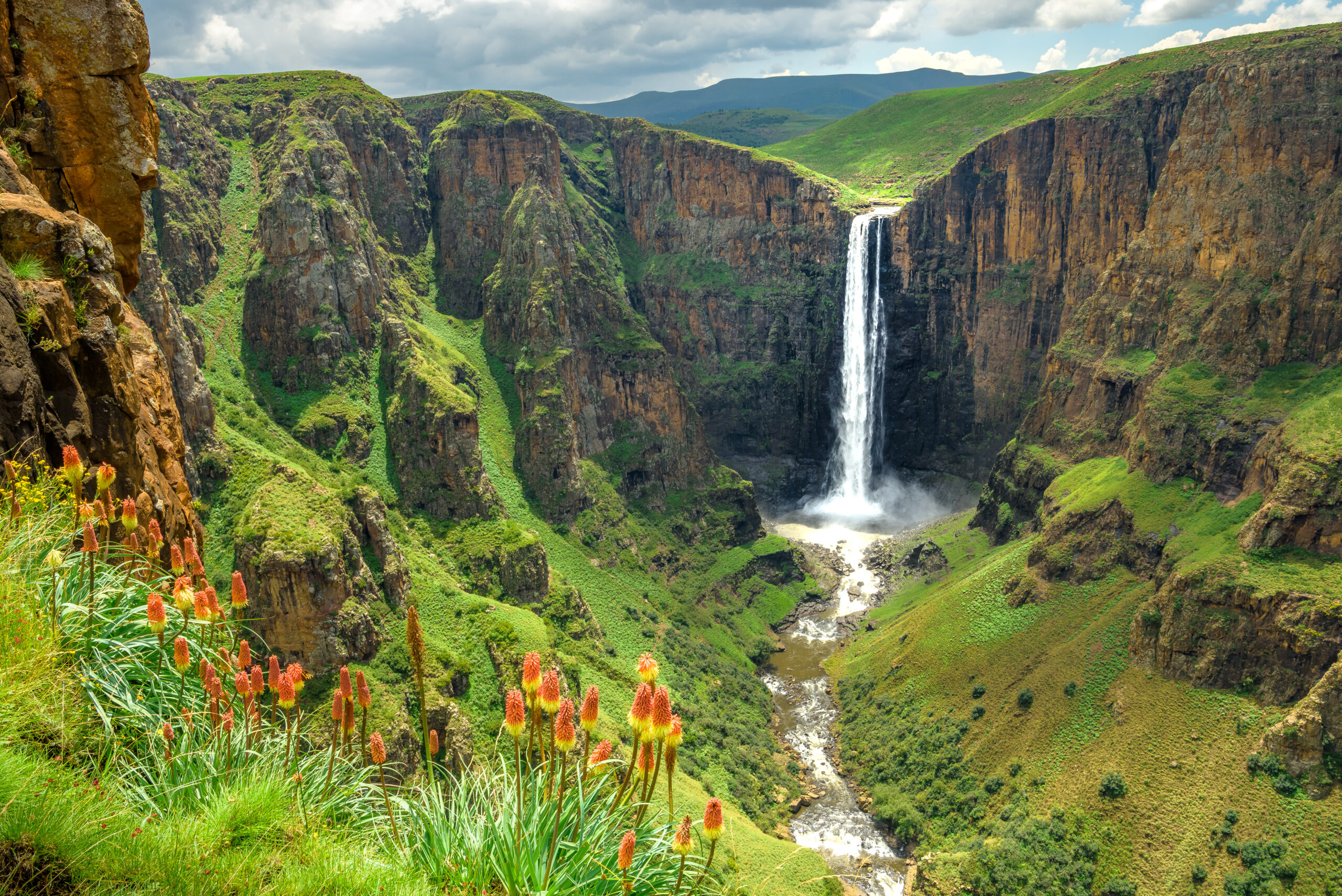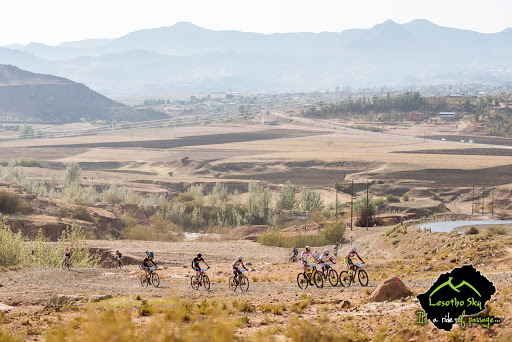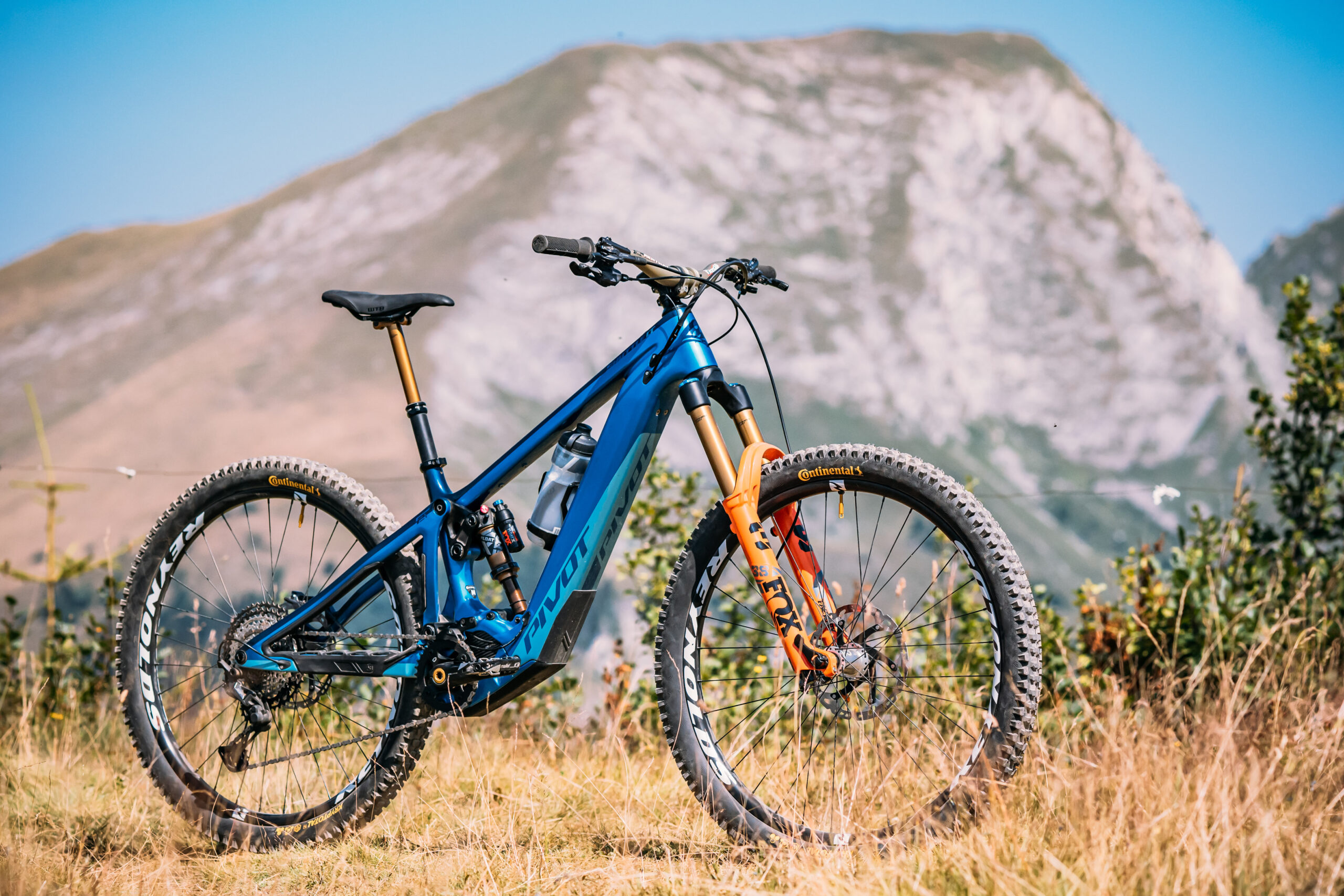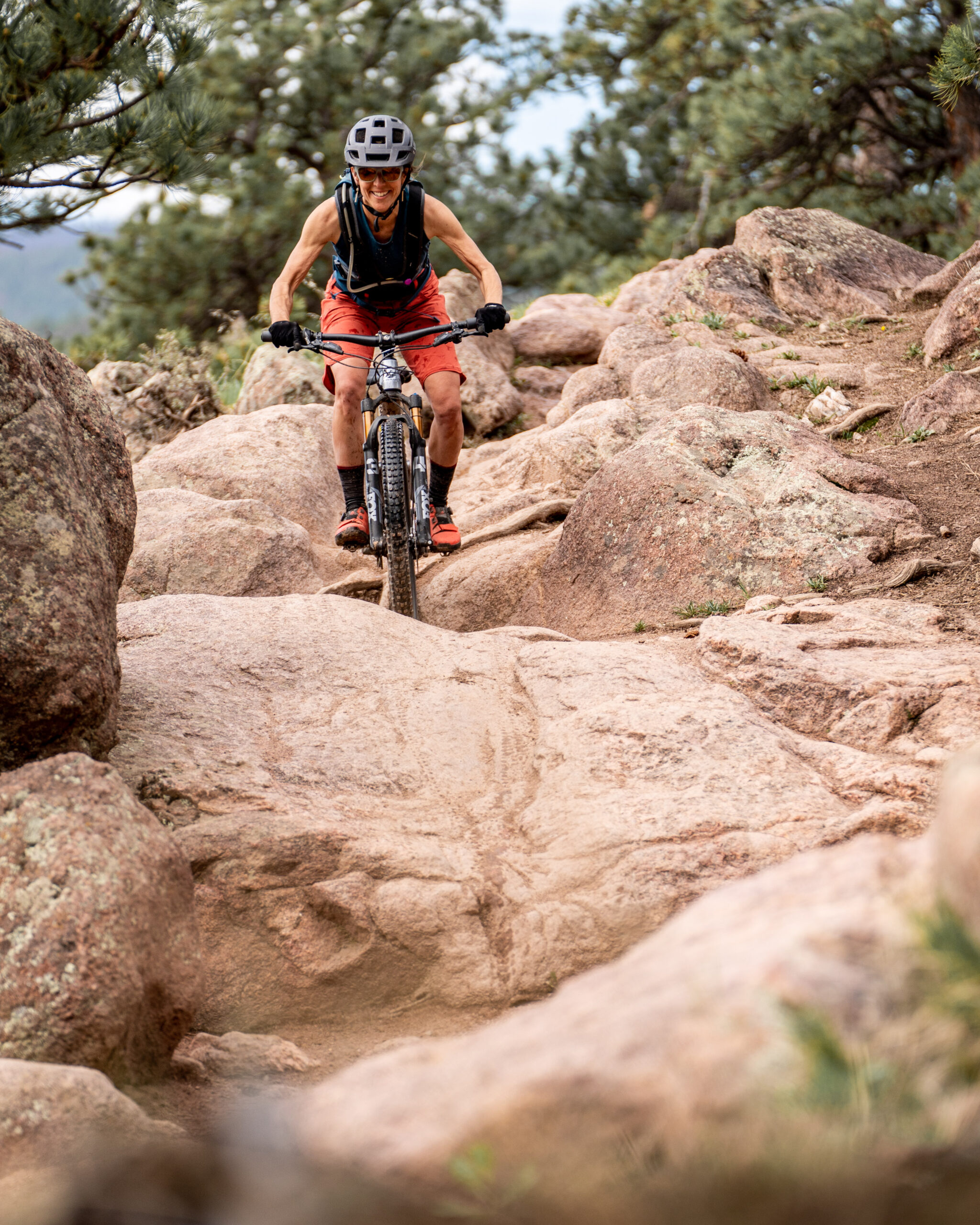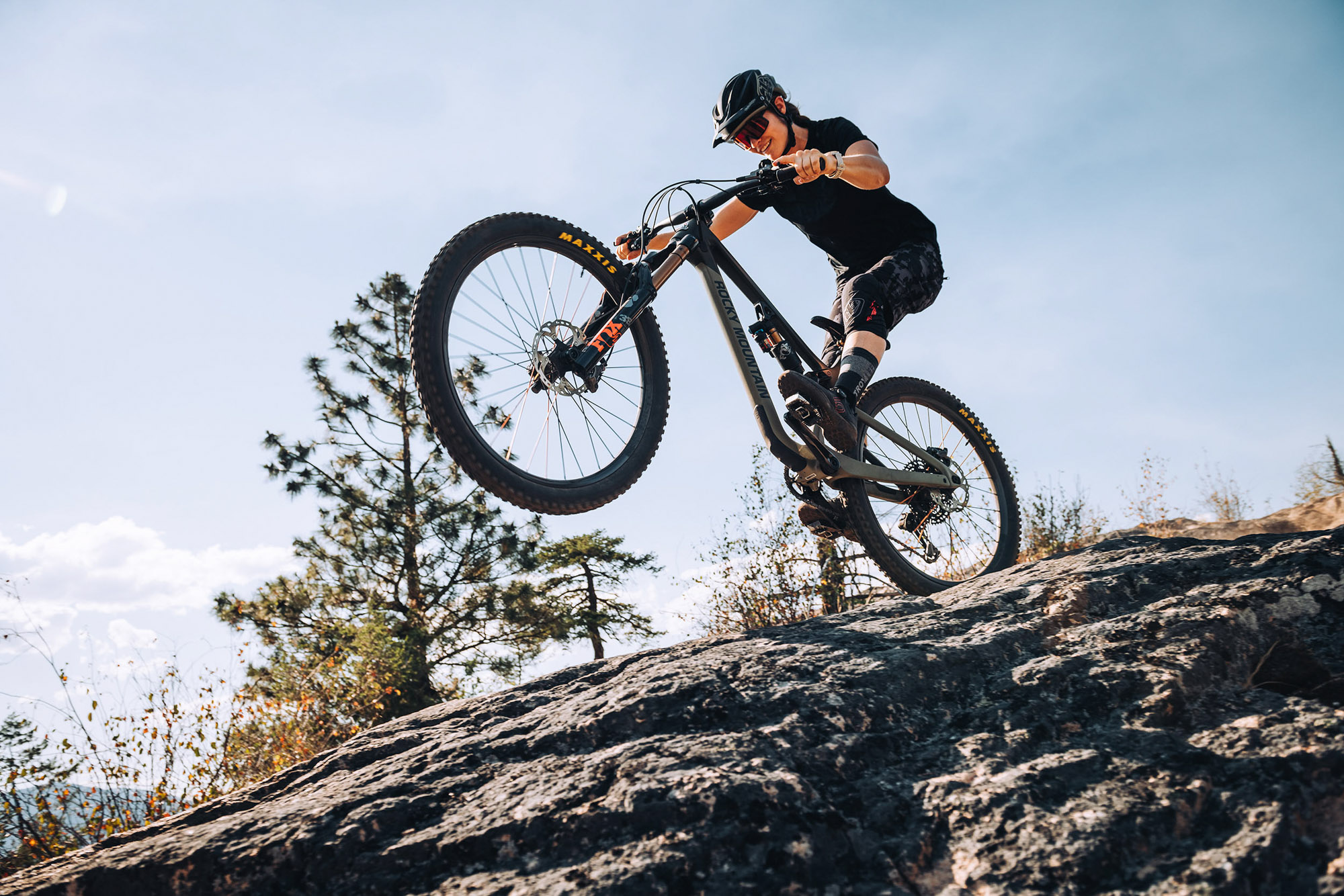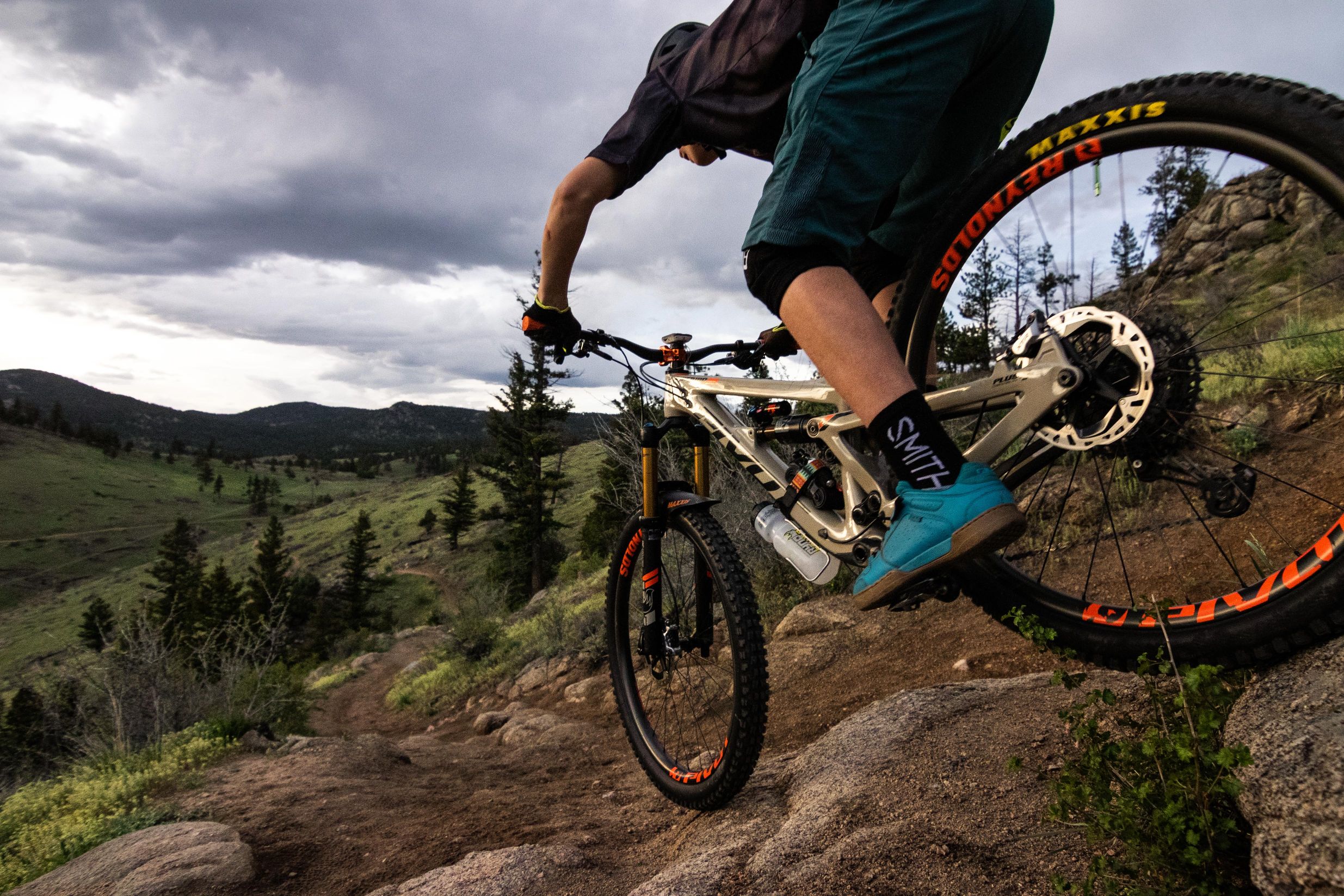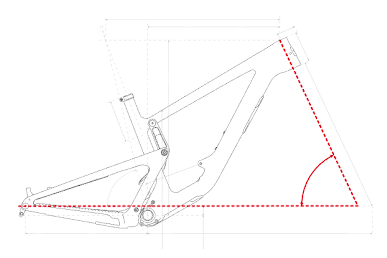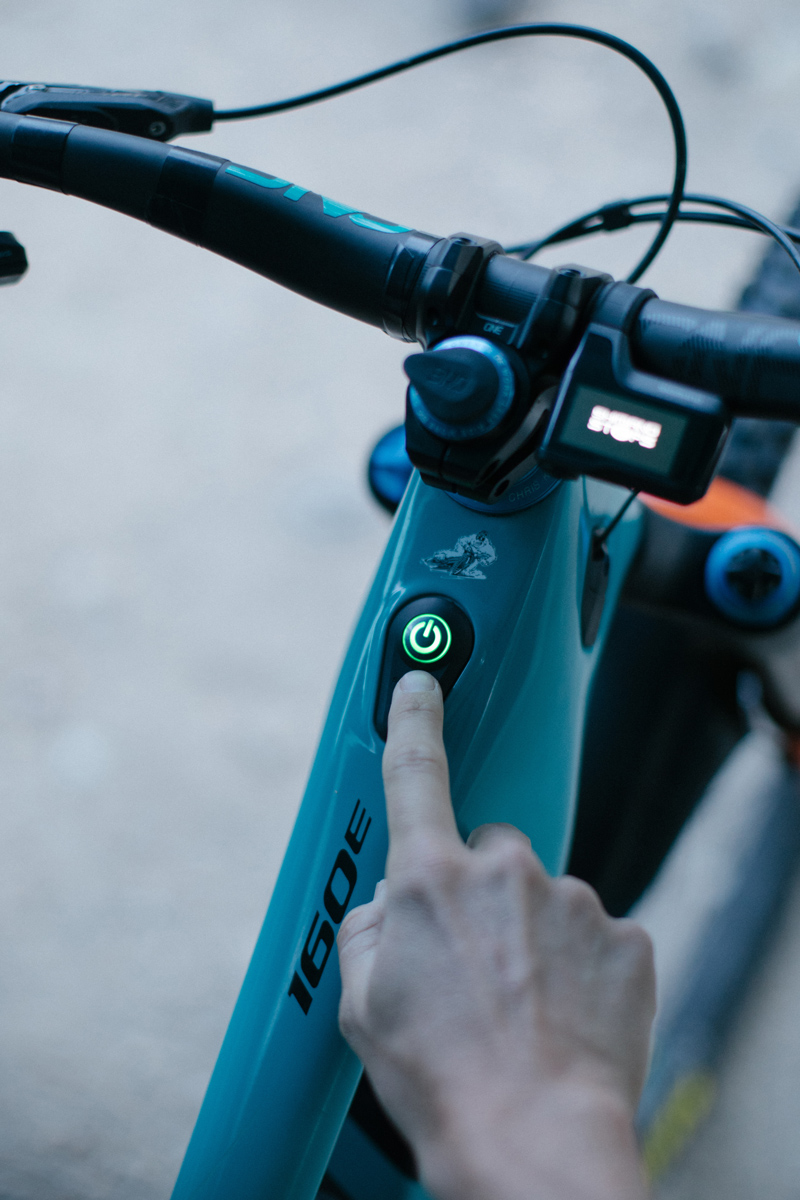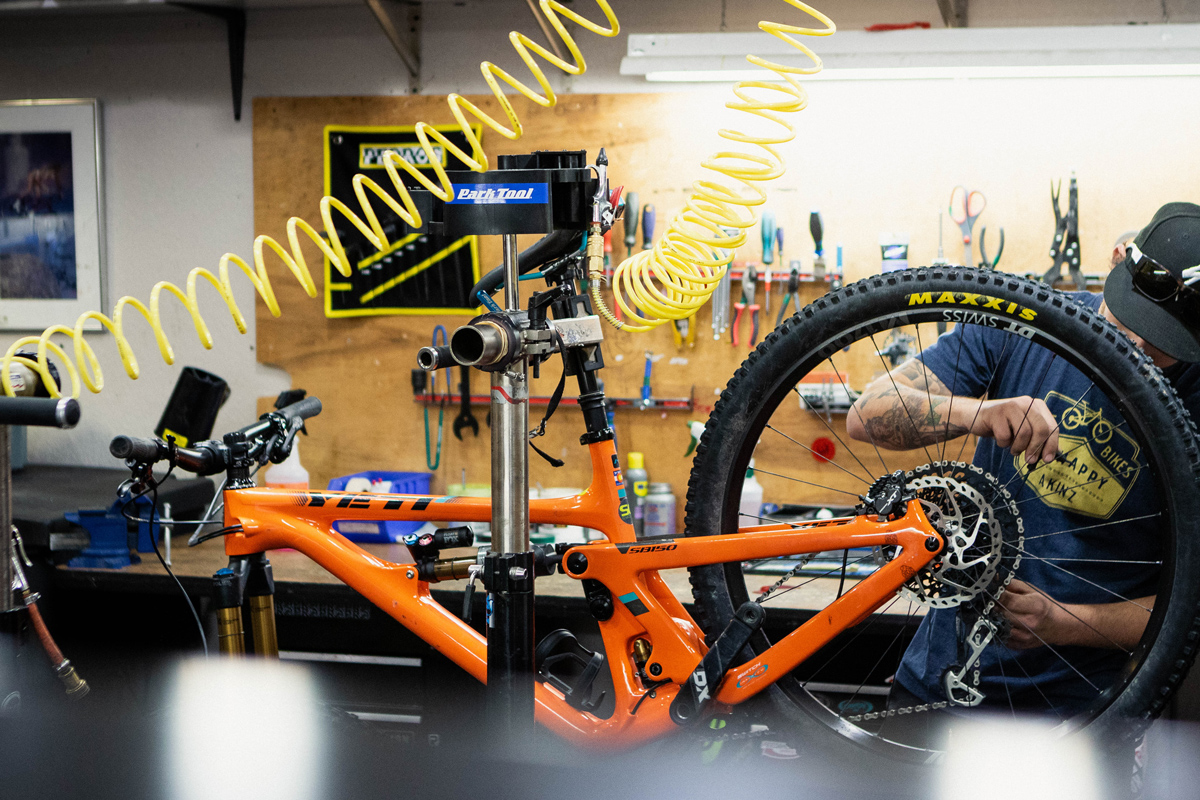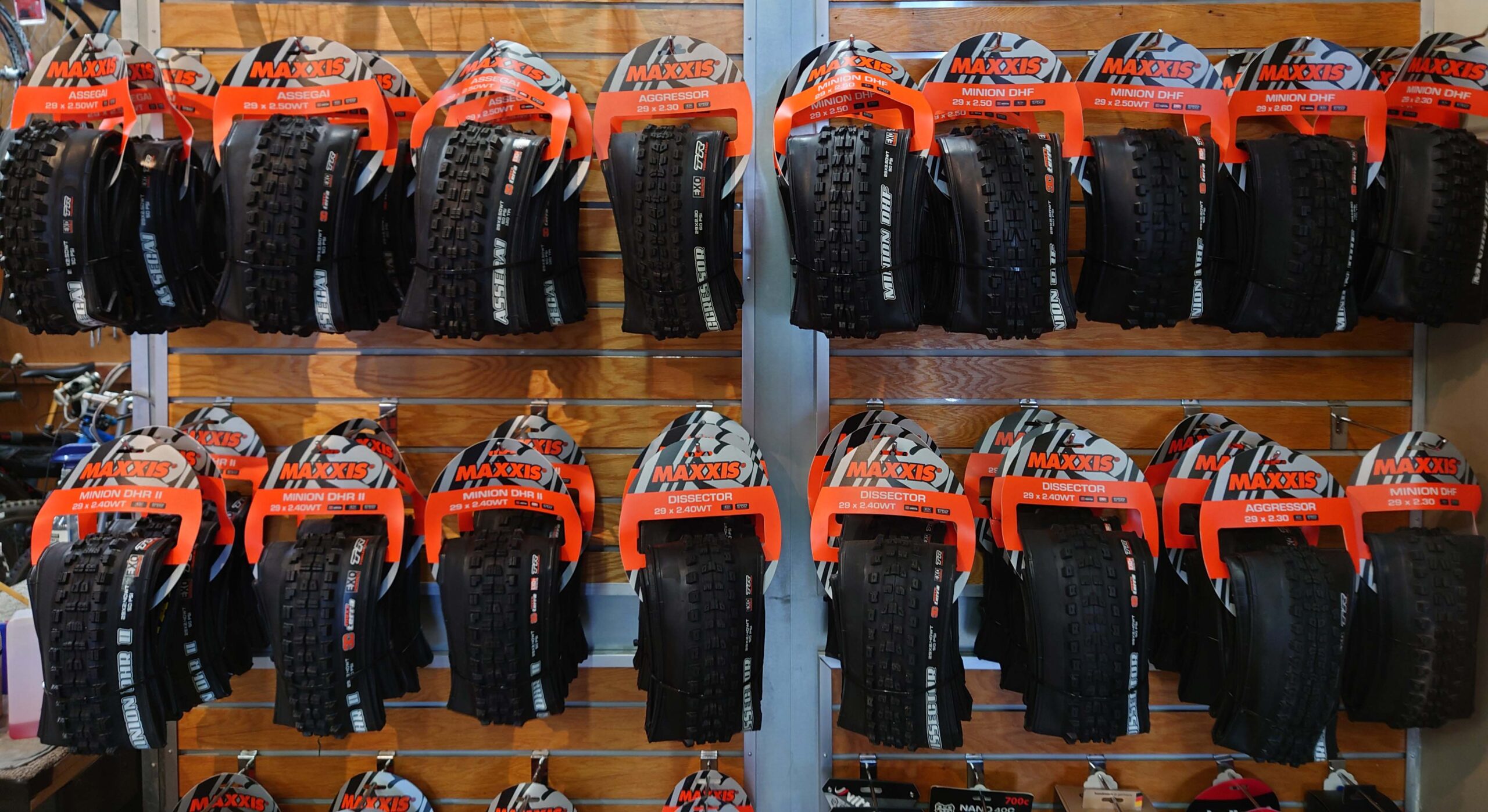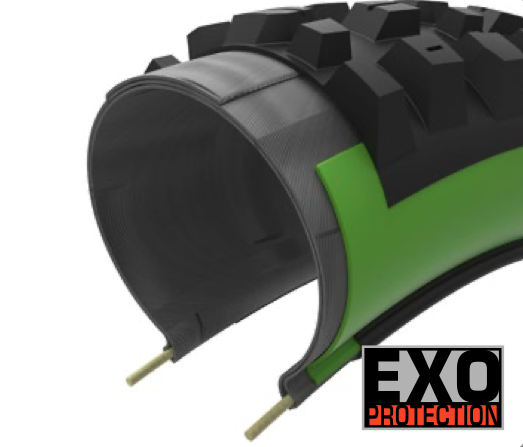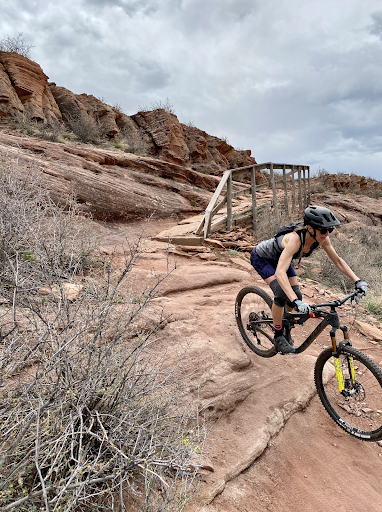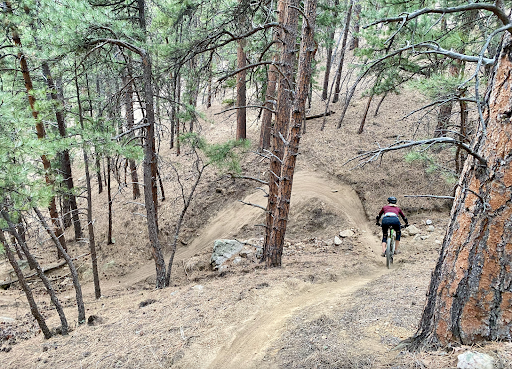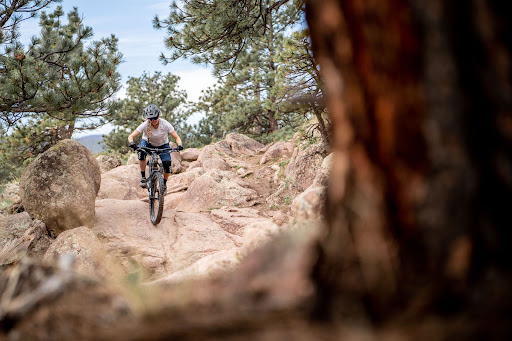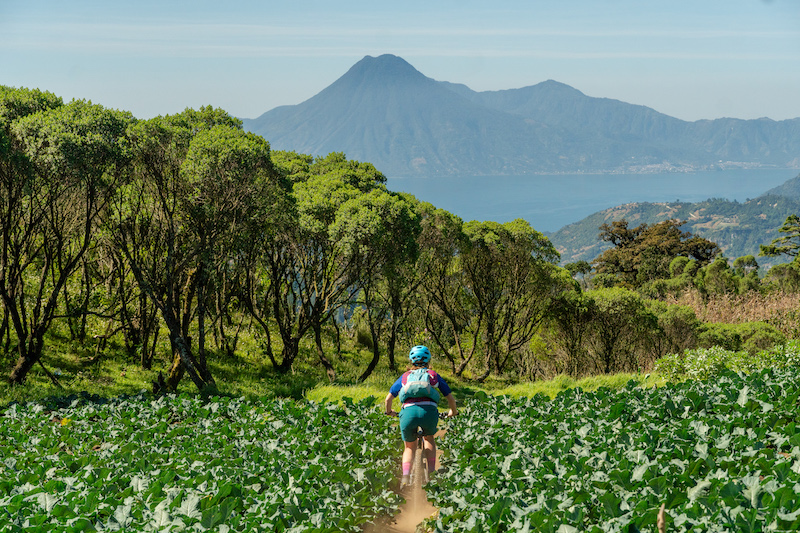
We sat down with World Ride founder Julie Cornelius to learn how your next mountain bike trip has the power to change the world.
If you’ve been following along with us for awhile now, chances are you’ve heard of World Ride. Perhaps you attended the SG-sponsored Pivot Cycles Sunset Shred that benefited World Ride, or have been lucky to see one of their movie nights at your local bike shop. If not, let us introduce this female-led nonprofit.
Part travel company, part global community development, World Ride goes beyond the typical “sustainable travel” paradigm. Their female-guided co-ed trips to Nepal, Guatemala, Peru, Lesotho, and Botswana provide on-the-ground support and resources for local women, as well as encourage promising local riders in the sport of mountain biking. Their programs have significance that extends beyond any one trip, providing education and careers for the long term.
Learn more about what sets World Ride apart—and how you can get involved—in our interview with Julie below.
What was the original inspiration behind World Ride?
World Ride was started after working on the film project Moksha. This film tells the story of three Nepali women and their experience as female mountain bikers in their country. I knew that I wanted to do something to continue to help in Nepal after the film project, and while traveling there for the filming, the idea for World Ride was born. I didn’t want to limit it to just Nepal and knew it could benefit women all over the world to give women the opportunity to mountain bike.
How do you go about determining new locations?
New locations for programs have come about in a variety of ways. We have discovered some through personal travel to places. We also have great relationships with other organizations with similar missions, like Pump for Peace, that connect us with women in the areas they are working in and we connect them in the places we work in.
We have amazing partners in each location that organize our trips and work to train the women who become mountain bike guides. We could not do what we do without these awesome partners. There are many Zoom and WhatsApp conversations that happen at odd hours of the day to make the magic happen for our trips and programming.
What sets World Ride apart from other guided trips?
Our trips are very similar to other guided trips in that they are fun mountain bike trips in an amazing destination. The thing that sets them apart is that they are guided by women that we have helped to support with training to become mountain bike guides. This gives trip participants a chance to meet the women that we work with and get to see firsthand how mountain biking has made a difference in their lives. Also, all of the proceeds from our trips go back into our programs to get more women into mountain biking in the place that we work. Essentially, World Ride trips are an important source of funding for the economic development we’re doing with women around the world.
Our trips are a really special way to support our programs! We often have trip guests bring gear to donate or even leave their bikes in the countries they visit to add to our bike libraries in those locations.
What is exciting about 2023’s agenda of trips?
Our Botswana trip is sold out! Also, we are really excited about opening the first opportunity for riding in the remote, culturally rich Upper Mustang region of Nepal. We will also be hosting our first trip to the beautiful, mountainous country of Lesotho in Africa, during which we will also be training two new female guides and visiting the Pump for Peace pump tracks that helped to connect us with this incredible country.
Can you share any particular special stories from the female guides in the countries where World Ride runs programs?
There are so many stories! I think one of the most special things about all of them is the commonality between them. Every woman we work with around the globe says the same things about what mountain biking gives them: a sense of freedom and confidence. This is exactly why we are doing what we do. Because mountain biking can be a challenging sport, it can really give someone a newfound sense of confidence. We find that with the women we work with, this confidence translates into other areas of their lives off the bike. Some of them have started their own businesses and some have started their own women’s groups. It is hard to say if they would have done this if they hadn’t gained that confidence through mountain biking, but we really believe in the power of the sport.
If someone wants to get involved but can’t afford or take time for a trip right now, how can they support World Ride?
There are plenty of ways to support World Ride other than a trip. Our programs cost money to run, so financial support and donations are always the most helpful. We are a 501c3 nonprofit, so any contribution is tax deductible.
We also host events both in person and online throughout the year. Join our mailing list to keep up to date on these or check out our website.
We will also be opening applications for ambassadors in January 2023. We have both female and male ambassadors since we truly believe we need allies for our mission. Our ambassadors engage their local communities to help spread our mission and also help us with fundraising.
Do riders need to bring their own bikes?
We do recommend bringing your own bike on our trips and have created a guide to help you travel with your bike if that is something new for you. There are limited rental bikes in each place if someone needs to rent a bike.
If you want to know more or help in other ways with World Ride, you can email me at julie@world-ride.com.

